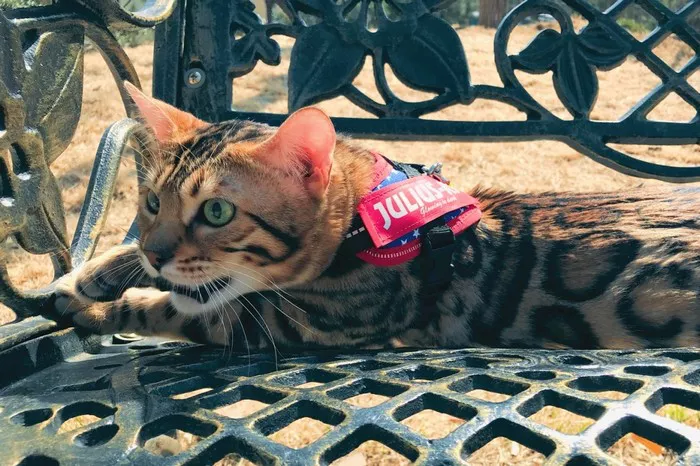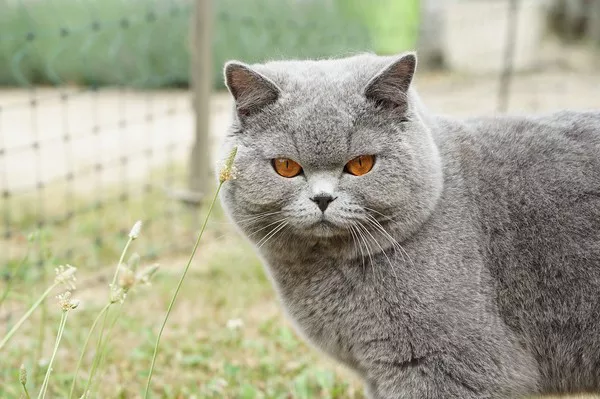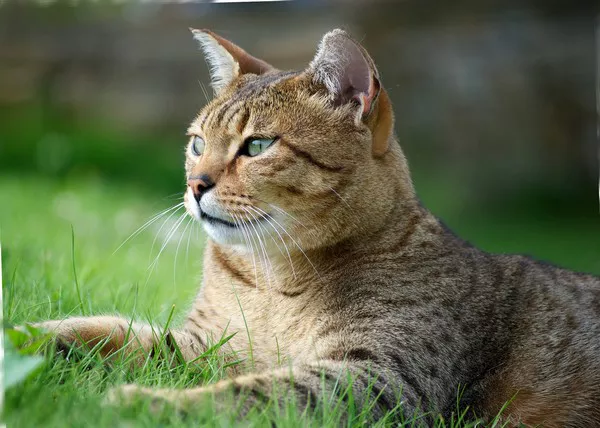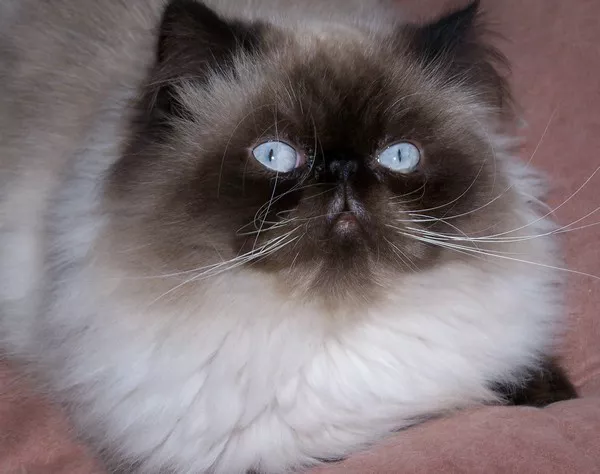Maintaining a healthy weight is as important for our feline friends as it is for us. Just like in humans, excess weight in cats can lead to a range of health issues. If you’re concerned about your cat‘s weight, you’re in the right place. In this article, we’ll provide you with essential tips for keeping your cat at a healthy weight. From understanding the risks of feline obesity to practical strategies for weight management, you’ll be equipped with the knowledge to ensure your beloved cat enjoys a long and active life.
The Importance of Feline Weight Management
1. Impact of Excess Weight
Carrying excess weight puts stress on a cat’s joints, bones, and internal organs, increasing the risk of conditions such as arthritis, diabetes, and heart disease.
2. Optimal Body Condition
Maintaining a healthy weight contributes to your cat’s overall well-being, ensuring they have the energy to engage in play, explore, and enjoy life to the fullest.
Recognizing Signs of Overweight Cats
1. Visual Assessment
A visual assessment can help determine if your cat is overweight. Look for a well-defined waistline and easily palpable ribs when gently pressing along their sides.
2. Weighing Scale
Regularly weigh your cat using a reliable scale. Compare their weight to breed-specific guidelines or consult your veterinarian for guidance on what constitutes a healthy weight.
Understanding Cat Nutrition
1. Balanced Diet
Feeding your cat a balanced and appropriate diet is essential for weight management. Consult your veterinarian to determine the right type and amount of food for your cat’s age, activity level, and health status.
2. Portion Control
Avoid overfeeding by measuring your cat’s portions according to the feeding guidelines provided on the cat food packaging. Be mindful of treats, as they can contribute to excess calorie intake.
Incorporating Exercise and Play
1. Active Playtime
Regular play sessions are crucial for maintaining a healthy weight. Engage your cat in interactive games using toys that encourage movement and physical activity.
2. Environmental Enrichment
Provide your cat with an enriching environment that encourages exploration and play. Scratching posts, climbing structures, and puzzle toys can keep them engaged and active.
Gradual Weight Loss Strategies
1. Consult Your Veterinarian
If your cat is overweight, consult your veterinarian before implementing weight loss strategies. They can create a tailored plan that addresses your cat’s individual needs.
2. Slow and Steady Approach
Weight loss should be gradual to ensure your cat’s health and well-being. Rapid weight loss can lead to complications, so aim for a controlled reduction in calorie intake.
3. Veterinary Diets
In some cases, your veterinarian may recommend a specialized weight loss diet. These diets are formulated to provide adequate nutrition while promoting gradual weight loss.
Monitoring Progress
1. Regular Weigh-Ins
Schedule regular weigh-ins with your veterinarian to track your cat’s progress. Adjust their diet and exercise plan as needed based on their weight loss trajectory.
2. Behavioral Changes
Observe any changes in your cat’s behavior, energy levels, and overall well-being. Positive changes indicate that your efforts are contributing to their health.
Conclusion
In conclusion, keeping your cat at a healthy weight is essential for their overall health and well-being. By recognizing the signs of overweight cats, understanding proper nutrition, incorporating regular exercise and play, and implementing gradual weight loss strategies, you can help your feline companion achieve and maintain an optimal body condition. Remember that weight management is a journey that requires dedication and patience. Consult your veterinarian for personalized guidance and support throughout the process. By prioritizing your cat’s health and taking proactive steps, you’re ensuring they have the best possible chance of enjoying a long, active, and vibrant life by your side.
























